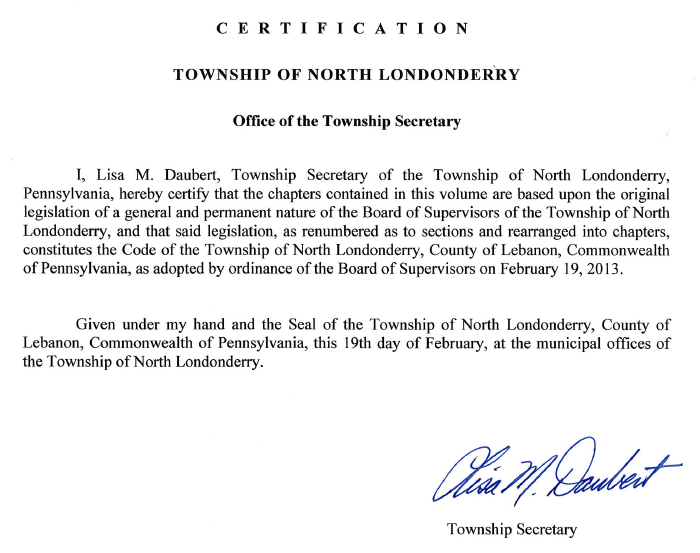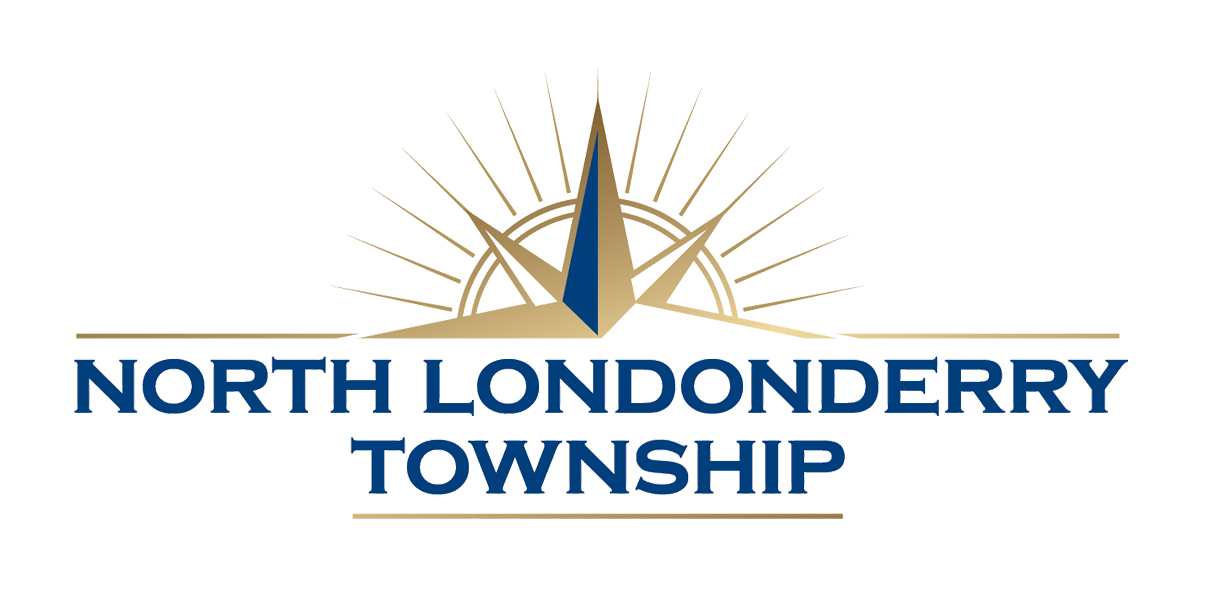Ordinances
For the safety of the residents of the Township, we have established ordinances that are available to you below.
PREFACE | Download the Preface here
The following sections are included.

Click the headings below to download each section as a separate PDF
PART I: ADMINISTRATIVE LEGISLATION
- 1. General Provisions – 1:1
- 5. Authorities, Municipal – 5:1
- 12. Intergovernmental Agreements – 12:1
- 18. Manager – 18:1
- 22. Planning Commission – 22:1
- 25. Police Department – 25:1
- 33. Retirement Benefits – 33:1
- 37. Salaries and Compensation – 37:1
PART II: GENERAL LEGISLATION
- 50. Brush, Grass and Weeds – 50:1
- 55. Building Construction – 55:1
- 59. Burning, Outdoor – 59:1
- 65. Curfew – 65:1
- 70. Dogs – 70:1
- 84. Municipal Claims – 84:1
- 90. Parks and Recreation – 90:1
- 96. Peace and Good Order – 96:1
- 100. Peddling and Soliciting – 100:1
- 110. Sewage Disposal Systems, Private – 110:1
- 114. Sewers, Public – 114:1
- 120. Solid Waste – 120:1
- 126. Streets and Sidewalks – 126:1
- 130. Subdivision and Land Development – 130:1
- 134. Taxation – 134:1
- 140. Vehicles and Traffic – 140:1
- 150. Zoning – 150:1
APPENDIX
